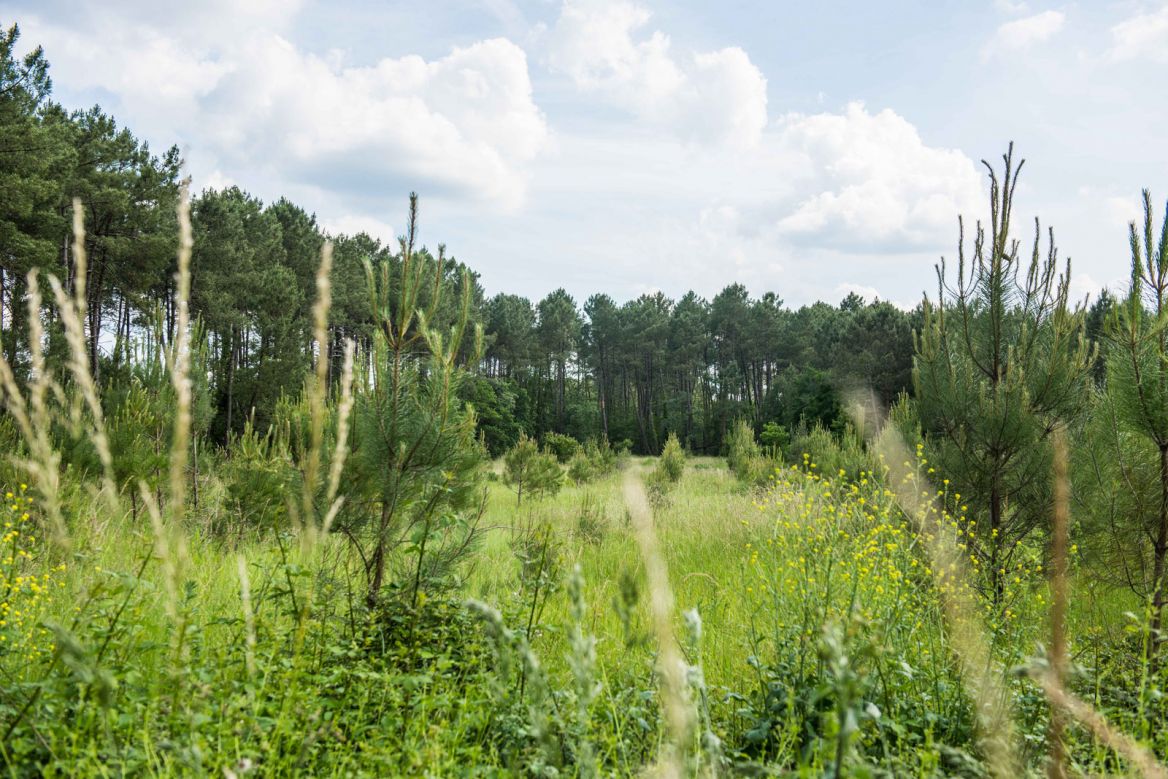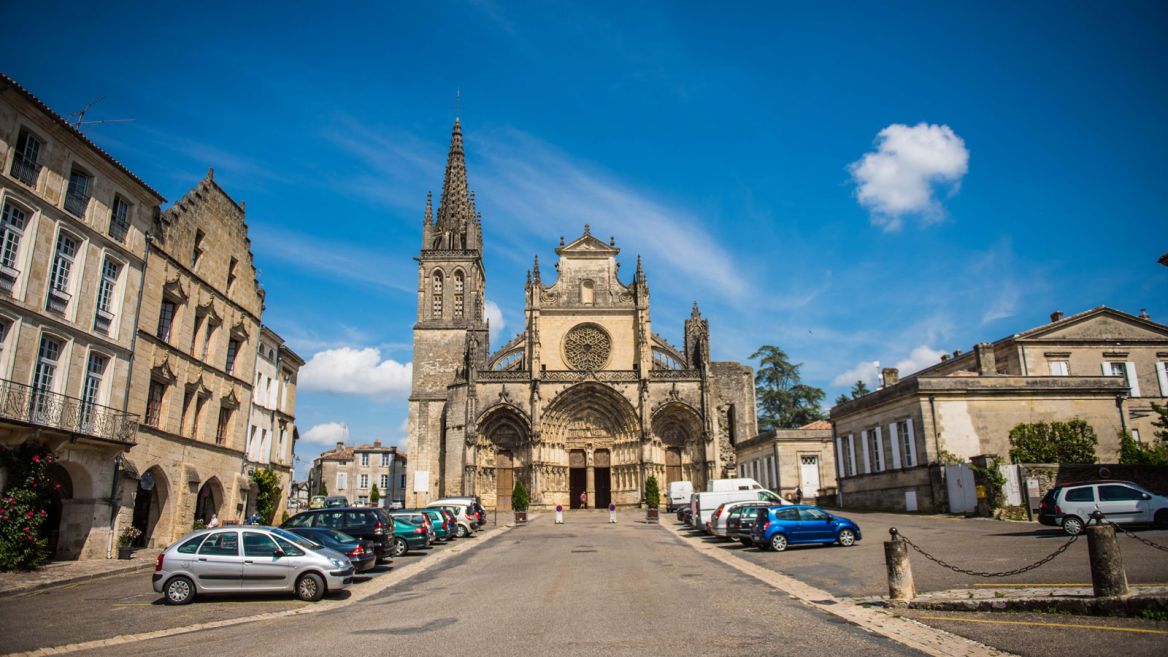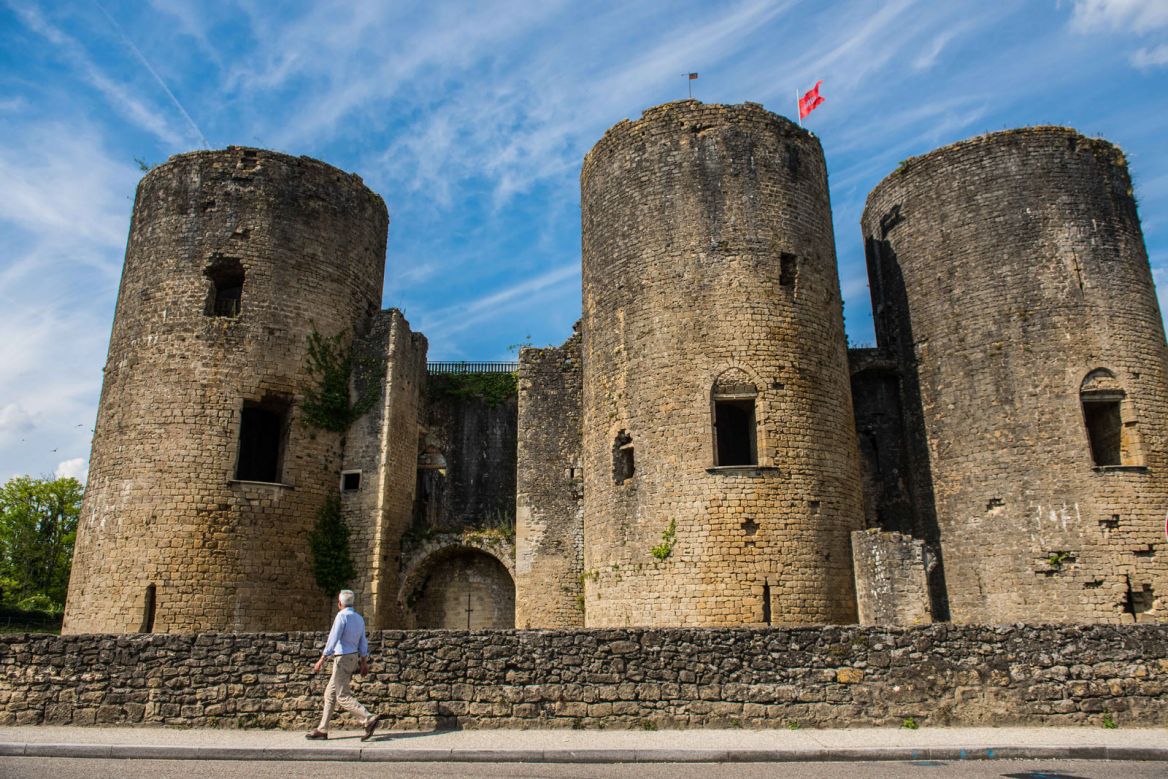- Home page
- Tourism
- Discover
- Visit Gironde
- South-Gironde, Haute-Lande and Sauternais
- Visit Gironde
- Discover
- Tourism
South-Gironde, Haute-Lande and Sauternais
Automatic translation
South Gironde, Haute-Lande and Sauternais, the left bank of the Garonne
This area thrives between the Sauternes vineyards and the Graves wines. The immense Landes forest is home to castles and picturesque villages. It is also the ideal place for outdoor leisure activities such as hiking or cycling, but also water activities : swimming on the lakes of Hostens, fishing on the rivers and the Canal des Deux-Mers.

La Brède, homeland of Montesquieu
The small village of La Brède, and especially its castle, were home to an illustrious writer and philosopher of the Enlightenment: Charles Louis de Secondat, Baron of Montesquieu and La Brède. Born in 1689, he spent a good part of his life there.
In 1951, the Château de la Brède was classified as a Historic Monument and its entire estate became so in 2008.
A few kilometers away, in Martillac, the Rochermorin castle housed the family vineyard. Montesquieu kept this love for the vine throughout his life. He was an excellent ambassador for it.
Langon, economic crossroads
Sub-prefecture of the Gironde, the vineyard and the ports on the banks of the Garonne brought economic prosperity to the city in the 17th century. Langon has many vestiges of past centuries such as:
- The Notre-Dame du Bourg church, dating from the 12th century, eight of whose capitals are exhibited at the Cloisters Museum in New York;
- The Saint Gervais church, a beautiful period building.
282 hectares of the commune are today composed of vineyards.
Located between Langon and Bazas, the Château de Roquetaillade (private property) is an architectural complex composed of two fortified castles from the 12th and early 14th centuries. During the Renaissance, the castle was restored by the famous architect Viollet-le-Duc. Its furniture is listed as a Historic Monument.
At the gates of the castle, La Métairie houses a museum of rural life around 1850.
Golf et Ecolodges du Sauternais
Golf et Ecolodges du Sauternais
Golf du Sauternais : a natural and authentic area for golfers Nestled in the heart of a 45-hectare wooded park, the ...
4,5 km - Saint-Pardon-de-Conques
Les Cycles du Canal
Les Cycles du Canal
Les Cycles du Canal, bike rides in a natural setting in Gironde At the confluence of the Garonne and Garonne canals, ...
7,2 km - Castets-en-Dorthe
Les Cycles du Canal
Les Cycles du Canal
Les Cycles du canal, quality bikes for rent all year round in Gironde How pleasant it is to get away astride your ...
7,2 km - Castets-en-Dorthe
Bazas and its famous beef

Bazas evokes, for fine gourmets, this tender, succulent and tasty meat which is the pride of this territory. The Bazadaise breed is also celebrated each year during the Fête des bœufs gras.
A stronghold, bishopric and former sub-prefecture, the town is rich in history. It is home to a 13th century cathedral, listed as a UNESCO World Heritage Site as part of the Routes of Santiago de Compostela. Its triple portal on the façade, entirely sculpted, as well as the medieval garden that runs alongside the building, are particularly remarkable.
From the 16th to the 19th century, Bazas was known for its glassware , an exceptional collection of which can be seen at the Apothecary Museum. Other collections, the museum exhibits 2,500 years of Bazas history.
Also worth visiting are the arcaded square, the ramparts and the old town.
Let’s go for a visit to the pretty Medieval City of Bazas !
Les Cycles du Bazadais - Maison du Sauternes
Les Cycles du Bazadais - Maison du Sauternes
Great escapes by electric bike in Sauternes A unique wine adventure Les Cycles du Bazadais, in partnership with La ...
309 m - Sauternes
Les Cycles du Bazadais
Les Cycles du Bazadais
Les Cycles du Bazadais : explore the Bazadais by bike Welcome to Cycles du Bazadais in Bazas, a company specializing ...
309 m - Bazas
Aventures Sud Gironde
Aventures Sud Gironde
You must already know the Laser game indoors in the dark, we offer on our leisure park in Bazas an outdoor Laser ...
1,3 km - Bazas
Villandraut, on the banks of the Ciron
Villandraut was the birthplace of Bertrand de Goth, who became Clement V, the first Pope of Avignon. Its fortress castle built in the 14th century, of which 6 monumental round towers, the enclosure and the patrol path still remain, served as a papal court for a few years. The municipal museum of Villandraut dedicated to local heritage presents its collections in the Braneyre house, rectangular in plan, dating from 1753.
A few kilometers from Villandraut, the collegiate church of Uzeste, a marvel of Gothic art, houses the tomb of Clement V.
12 km away, the Royal Castle of Cazeneuve, from the 13th and 17th centuries, above the Ciron, was the property of the Dukes of Albret, the Kings of Navarre and Henri IV. Queen Margot was placed under house arrest there. This place is entirely furnished in the period. It has medieval cellars and troglodyte caves. Its 40-hectare wooded park and its English gardens are classified Natura 2000.

Hostens and its lakes
In the heart of the Landes forest, there is no trace of this past dedicated to the surface exploitation of lignite. The Gironde General Council has transformed the 600-hectare site (including 200 hectares of lakes) into a departmental area for sports and leisure, and for discovering flora and fauna. Hostens and its lakes are classified as Natura 2000.
The old railway line, dismantled, has become a greenway and links Belin-Beliet or the Arcachon basin to Saint Symphorien, Villandraut, Bazas. A highly successful reconversion.




